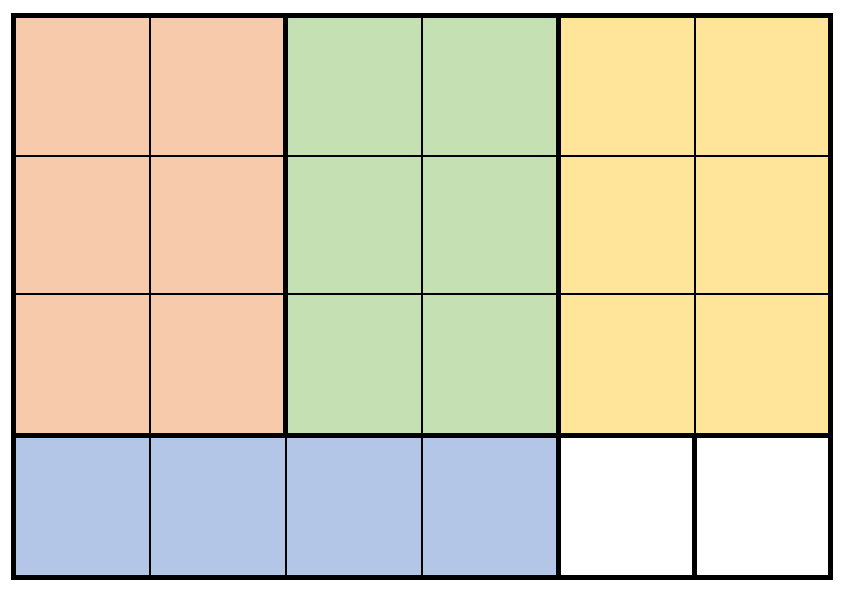g2301_2400.s2312_selling_pieces_of_wood.readme.md Maven / Gradle / Ivy
Go to download
Show more of this group Show more artifacts with this name
Show all versions of leetcode-in-kotlin Show documentation
Show all versions of leetcode-in-kotlin Show documentation
Kotlin-based LeetCode algorithm problem solutions, regularly updated
2312\. Selling Pieces of Wood
Hard
You are given two integers `m` and `n` that represent the height and width of a rectangular piece of wood. You are also given a 2D integer array `prices`, where prices[i] = [hi, wi, pricei] indicates you can sell a rectangular piece of wood of height hi and width wi for pricei dollars.
To cut a piece of wood, you must make a vertical or horizontal cut across the **entire** height or width of the piece to split it into two smaller pieces. After cutting a piece of wood into some number of smaller pieces, you can sell pieces according to `prices`. You may sell multiple pieces of the same shape, and you do not have to sell all the shapes. The grain of the wood makes a difference, so you **cannot** rotate a piece to swap its height and width.
Return _the **maximum** money you can earn after cutting an_ `m x n` _piece of wood_.
Note that you can cut the piece of wood as many times as you want.
**Example 1:**

**Input:** m = 3, n = 5, prices = [[1,4,2],[2,2,7],[2,1,3]]
**Output:** 19
**Explanation:** The diagram above shows a possible scenario. It consists of:
- 2 pieces of wood shaped 2 x 2, selling for a price of 2 \* 7 = 14.
- 1 piece of wood shaped 2 x 1, selling for a price of 1 \* 3 = 3.
- 1 piece of wood shaped 1 x 4, selling for a price of 1 \* 2 = 2.
This obtains a total of 14 + 3 + 2 = 19 money earned.
It can be shown that 19 is the maximum amount of money that can be earned.
**Example 2:**

**Input:** m = 4, n = 6, prices = [[3,2,10],[1,4,2],[4,1,3]]
**Output:** 32
**Explanation:** The diagram above shows a possible scenario. It consists of:
- 3 pieces of wood shaped 3 x 2, selling for a price of 3 \* 10 = 30.
- 1 piece of wood shaped 1 x 4, selling for a price of 1 \* 2 = 2.
This obtains a total of 30 + 2 = 32 money earned.
It can be shown that 32 is the maximum amount of money that can be earned.
Notice that we cannot rotate the 1 x 4 piece of wood to obtain a 4 x 1 piece of wood.
**Constraints:**
* `1 <= m, n <= 200`
* 1 <= prices.length <= 2 * 104
* `prices[i].length == 3`
* 1 <= hi <= m
* 1 <= wi <= n
* 1 <= pricei <= 106
* All the shapes of wood (hi, wi) are pairwise **distinct**.